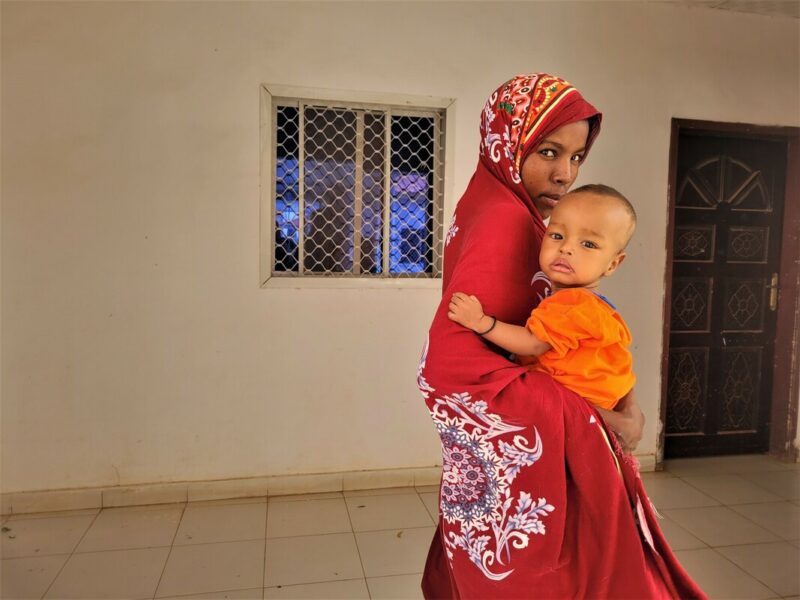In March 2015, Tropical Cyclone Pam devastated Vanuatu, hitting the southern islands the hardest. Fortunately, since 2011, CARE had been actively working with some of the most vulnerable communities to prepare for a Category 5 cyclone just like this, which helped to minimise the overall impact and damage of the cyclone.
CARE set up gender-balanced committees, training both men and women to understand early warning information, prepare their communities for disaster and conduct emergency simulations. The training fostered women’s participation and decision-making in the communities. This approach led to increased representation of women in community leadership roles and far more inclusive preparedness and response to the disaster.
A recently completed independent study analysed the actions taken by communities in the lead up to the storm, as well as in its aftermath. The results show that those communities in which CARE had completed this training took far more steps to prepare for Cyclone Pam.
Men and women on the islands of Aniwa and Erromango, where CARE had trained these committees, acted early to prepare households in a coordinated way, having been trained to read cyclone tracking maps, and take immediate action following the first warning signs. Women in these communities took lead roles in the preparation; gathering food supplies, and assembling children, the elderly and disabled members of the community in safe zones, resulting in all but a handful of the people on the islands being in safe houses with food, water and bedding to await the passing of the cyclone. In contrast, many of the people in communities where no preparedness training had taken place, took little action to prepare, and as the winds reached Category 5 strength, families were forced to flee, often repeatedly, as the houses they were sheltering in were destroyed around them.
In Erromango, the men and women protected their boats by moving them inland and weighting them down. As a result, no boats were lost and they recommenced fishing immediately after the cyclone, whereas the boats in other areas were not protected and were almost all damaged beyond repair.
Total or near total loss of gardens and crops were experienced in multiple locations in the south of Vanuatu, but Aniwa and Erromango had harvested and prepared a two-week supply of food to survive on, as well as protecting their water supplies. Other communities, having not taken those steps, were left with contaminated water, and had to survive on fruit which was ripe at the time and fell down in the winds, just enough to sustain the community for a few days.
Both Aniwa and Erromango specifically supported women, children and people with a disability in preparing, responding to and recovering from Tropical Cyclone Pam. In other communities, women were less likely to speak up in community meetings and some reported that they were not able to participate in community decision-making.
Read more on how disaster risk reduction is working in Vanuatu
CARE’s gender-sensitive Disaster Risk Reduction programming contributed to reducing the impact and damage from Cyclone Pam in the communities that had participated in these programs compared to the communities that had not. Read the full summary of the report.


